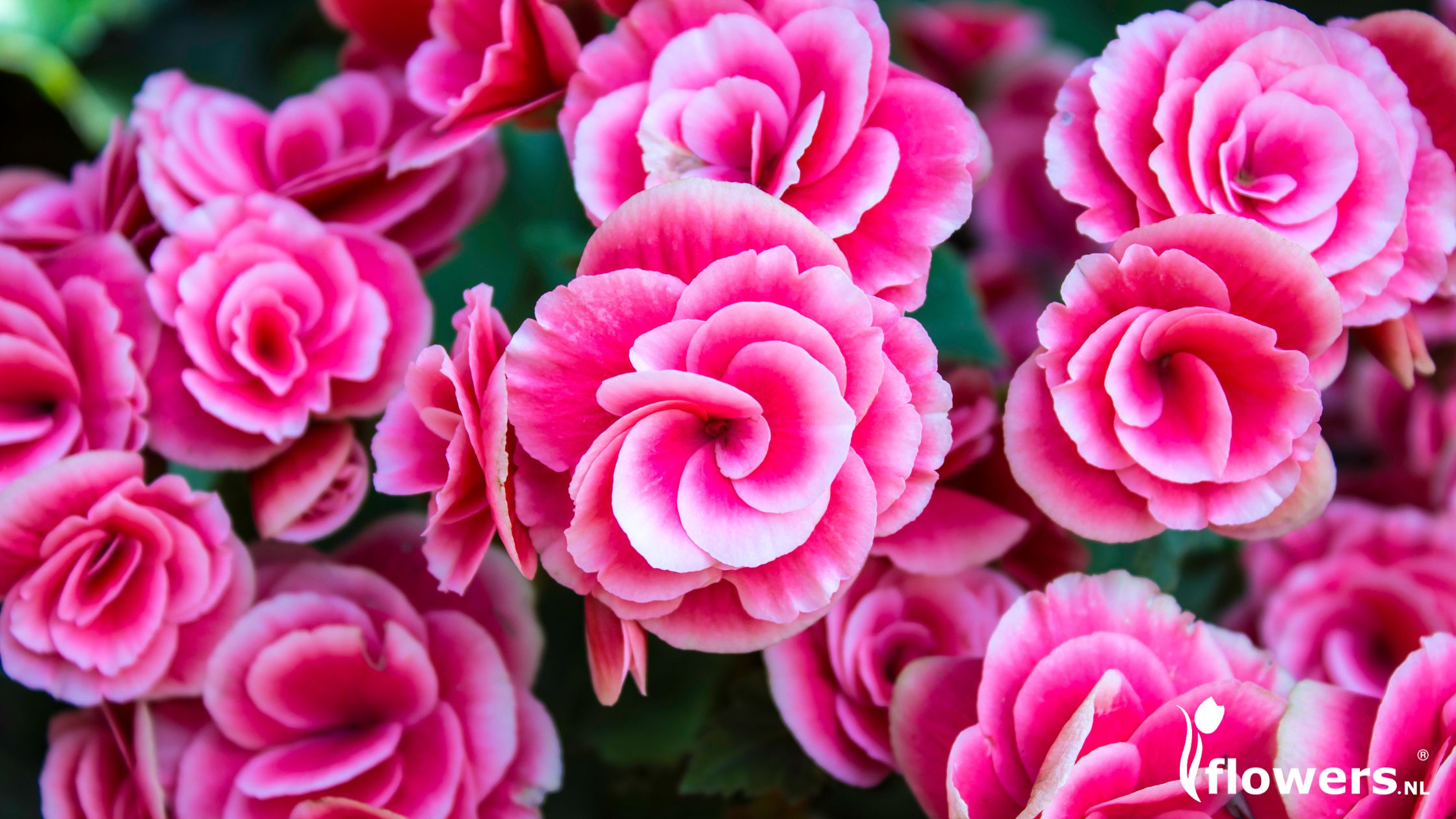Begonia

A Bold and Beautiful Bloom.
Lush, dramatic, and full of personality — the Begonia (Begonia spp.) is more than just a flower; it's a statement. As a cut flower, it adds bold color and expressive form to bouquets and arrangements, especially in the warmer months. With tropical roots in Central and South America, begonias offer a wide palette of shapes and shades — from soft pastels to fiery reds. This flower doesn’t just decorate a room, it commands attention — making it a favorite for stylists, florists, and anyone drawn to bold beauty with a touch of mystery.
Name and Origin
Common Name: Begonia
Scientific Name: Begonia spp.
The Begonia is a diverse genus of flowering plants native primarily to tropical and subtropical regions of Central and South America, Africa, and Asia. Named after Michel Bégon, a French patron of botany, begonias have been cultivated since the 17th century. With over 1,800 species, they are one of the largest flowering plant genera in the world.
Description
Begonias are known for their vibrant, often asymmetrical flowers and decorative foliage. As cut flowers, they display blooms that range in color from vivid reds and pinks to yellows, oranges, and whites. Their petals may be ruffled, waxy, or velvety, depending on the variety.
Though most begonias are better known as potted plants, select varieties such as the tuberous begonia are excellent for cut flower arrangements. The flowers are usually 2–4 inches in diameter, and some carry a faint, fresh scent. Symbolically, begonias represent caution, deep thinking, and individuality—making them a unique and meaningful choice in floral design.
Season
Begonias are most widely available during the spring and summer months, though greenhouse cultivation allows for some varieties to be accessed year-round. Tuberous begonias typically bloom from late spring through early fall, making them ideal for warm-weather arrangements.
Care Tips
While begonias are more delicate than hardier cut flowers, they can last several days with the right care:
- Use a sharp knife or scissors to cut the stems at a diagonal.
- Place them immediately in clean, lukewarm water.
- Remove any leaves below the waterline to prevent decay.
- Refresh the water every 2 days and trim stems slightly to maintain water uptake.
- Keep begonias in a cool environment, away from direct sunlight or drafts.
A shallow vase with good support for the stems works well, as the flowers can be top-heavy. Grouping them with sturdier blooms helps maintain structure.
Flower Combinations
Begonias pair beautifully with other soft-petaled or romantic blooms. Great companions include:
- Roses – for a lush, classic arrangement
- Hydrangeas – to enhance fullness and texture
- Lisianthus – for a gentle, ruffled aesthetic
- Callas – to contrast sleek lines with soft volume
- Dusty miller or eucalyptus – to add elegant greenery and contrast
History and Symbolism
Begonias have been admired in horticultural circles for centuries. In the Victorian era, they were popular in conservatories and terrariums. Their symbolic meaning varies, but they are often associated with uniqueness and individuality, reflecting their wide variety of forms and colors. In some traditions, begonias represent a warning or a signal to be cautious—making them a flower of mystery and depth.
Common Uses
Though more commonly used as potted plants, begonias are finding their place in modern floral arrangements. They are particularly popular in:
- Romantic summer wedding bouquets
- Boutonnières and corsages
- Creative centerpiece designs for events or dinner parties
- Editorial floral styling for photoshoots and magazines
Fun Facts
- The Begonia genus includes both flowering and foliage species—some grown solely for their stunning leaves.
- Begonias are often propagated through stem or leaf cuttings rather than seeds.
- Some cultures consider the begonia a symbol of gratitude and harmony in the home.
Featured Bouquets
Explore floral arrangements featuring begonias on Flowers.nl:
- Summer Elegance Arrangement
- Tropical Romance Bouquet
Sources
- Royal Botanic Gardens
- Floral industry reference guides
- Various horticultural sources

